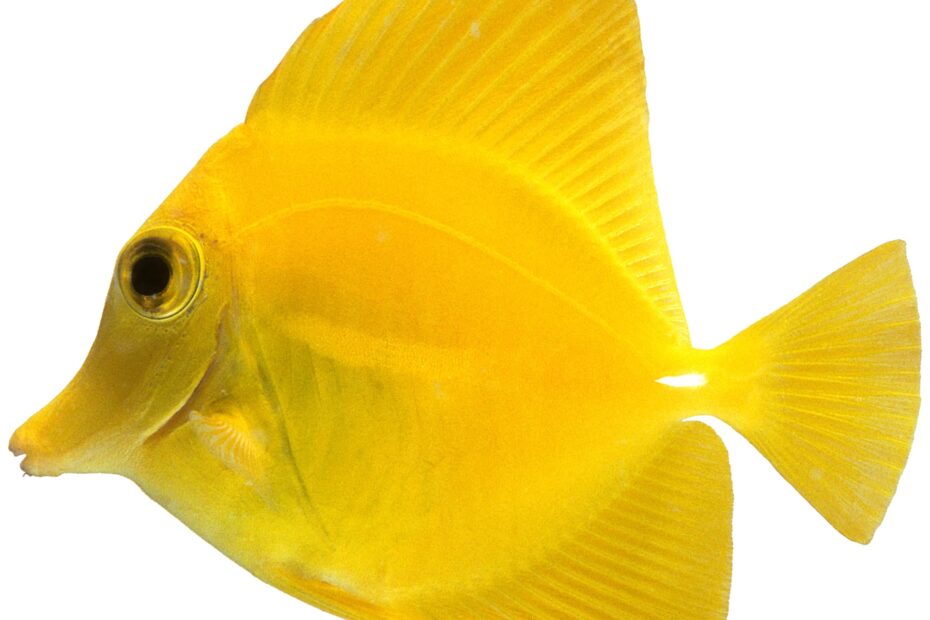The Yellow Tang (Zebrasoma flavescens) is one of the most recognizable and popular marine aquarium fish, prized for its bright yellow coloration and active behavior. Here’s a comprehensive overview of this species:
- Appearance: As its name suggests, the Yellow Tang is a vibrant yellow throughout its entire body. It has a disc-shaped body and a long, white, spine-like structure on the base of its tail, which it can use for defense.
- Size: They can grow up to 8 inches (20 cm) in length.
- Habitat: The Yellow Tang is native to the Pacific Ocean, particularly around the Hawaiian Islands, as well as other parts of the Central Pacific.
- Behavior: Yellow Tangs are active swimmers and are often seen grazing on algae in the wild and in aquariums. They can be territorial, especially in smaller tanks or with similar species.
- Diet: They are primarily herbivores, feeding on various types of algae. In the aquarium, it’s crucial to provide them with a diet rich in marine-based seaweed and algae. This can be supplemented with high-quality herbivore pellets and flakes.
- Aquarium Care:
- Tank Size: A minimum of a 75-gallon tank is recommended, but larger is preferable.
- Water Quality: Like all marine fish, they need stable water parameters, including specific gravity, pH, and temperature. Regular water changes and monitoring are essential.
- Tank Mates: While generally peaceful with non-similar species, they can show aggression towards other tangs or fish that have a similar shape or diet. It’s essential to monitor for signs of aggression and ensure enough space for all fish.
- Environment: A well-decorated tank with plenty of live rock for grazing is ideal. They also benefit from open swimming spaces.
- Reef Compatibility: Yellow Tangs are considered reef-safe, meaning they generally won’t harm corals. However, they might graze on some types of macroalgae.
- Lifespan: With proper care, a Yellow Tang can live for 10 years or more in captivity.
- Conservation Note: Due to their popularity in the aquarium trade, there has been increasing concern about over-harvesting wild populations, particularly around Hawaii. If you’re considering purchasing a Yellow Tang, it’s a good practice to inquire about its origin and, if possible, opt for tank-raised specimens.
- Interesting Fact: The Yellow Tang’s vibrant color can fade during the night or when it is stressed, but it usually returns to its bright yellow hue when the lights come back on or when the fish is calm.
Yellow Tangs can be a delightful addition to suitable marine aquarium setups. Their bright coloration and active behavior make them a standout in many tanks. However, they require dedicated care and attention to their specific needs, so it’s essential to be well-informed before adding one to your aquarium.

